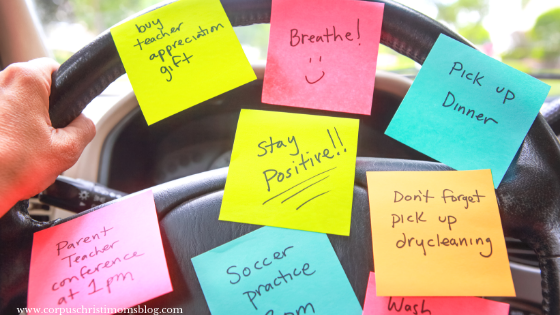I know exactly how to get your child to hold still and be quiet. (Ah ha! That got your attention.) Not only that, but your child will become stronger and more flexible. You’re skeptical, I can tell. That’s natural; I would be, too. But this miracle I promise is attainable with a little bit of practice, the practice of yoga.
My friend Jenni is a great yoga instructor and a born teacher. I love attending her practices every week, and have found myself benefiting greatly from the inclusion of yoga in my life. One evening after a busy day that included Jenni’s yoga class, my kids found my mat that I didn’t have time to forgot to put up. “Mom, what’s this, can I used it?” they asked, excitedly. Then began the fight of two kids over one yoga mat. “Hold on, hold on,” I said, and dug out my old, thinner, mat. “There. One for each of you. Now, stop fighting and get on the mat.” After my oldest stopped attempting to twist himself into a pretzel, and my youngest stopped mimicking older brother, they got serious. They both pulled off a pretty mean bridge pose, and downward facing dog was no problem. They were so proud of themselves, and insisted I send photos of their accomplishments to Jenni. And they wanted more. More yoga.
Yoga focuses on breathing and awareness. Holding poses. Children who regularly practice yoga enjoy a healthy body image, self regulation, physical fitness and relaxation. Practicing yoga is a wonderful way to become more flexible, and it also improves balance, both physical and mental. There is a concept in yoga called pratyahara, where you calm your mind and draw your attention inward. This practice, along with other techniques, helps yogis find balance and peace.
If you would like to begin practicing yoga at home with your children, Jenni recommends the following:
Begin the session with a cool down period: deep yoga breaths (filling up their tummy like a balloon) or slow moving exercises like arm raises with deep breathing. Keep poses short. For younger kids, turn each pose into an animal…let them become their animal! Don’t worry about perfect alignment, just keep it fun and positive. Use themes or stories to link the poses to each other. A trip through a garden can inspire poses related to nature. Picture books can provide great ideas for themes. Alternate periods of focus and quiet with opportunities for the kids to move, make noise or be “silly.”
Don’t underestimate kids’ need for quiet and rest.
A lot of teachers are surprised to find that many kids’ favorite part of yoga class is a guided relaxation.
Back to that part about kids staying still and being quiet (the whole reason you read this post in the first place). Each yoga practice ends with savasana. After finishing with all poses, yogis relax on the floor on their back, clear their mind, and remain quiet for approximately 5-7 minutes.
















My daughter and I love doing yoga. And boy, after a long day it sure does help us to relax and let go of the daily tension.
This is a great idea!!
Comments are closed.